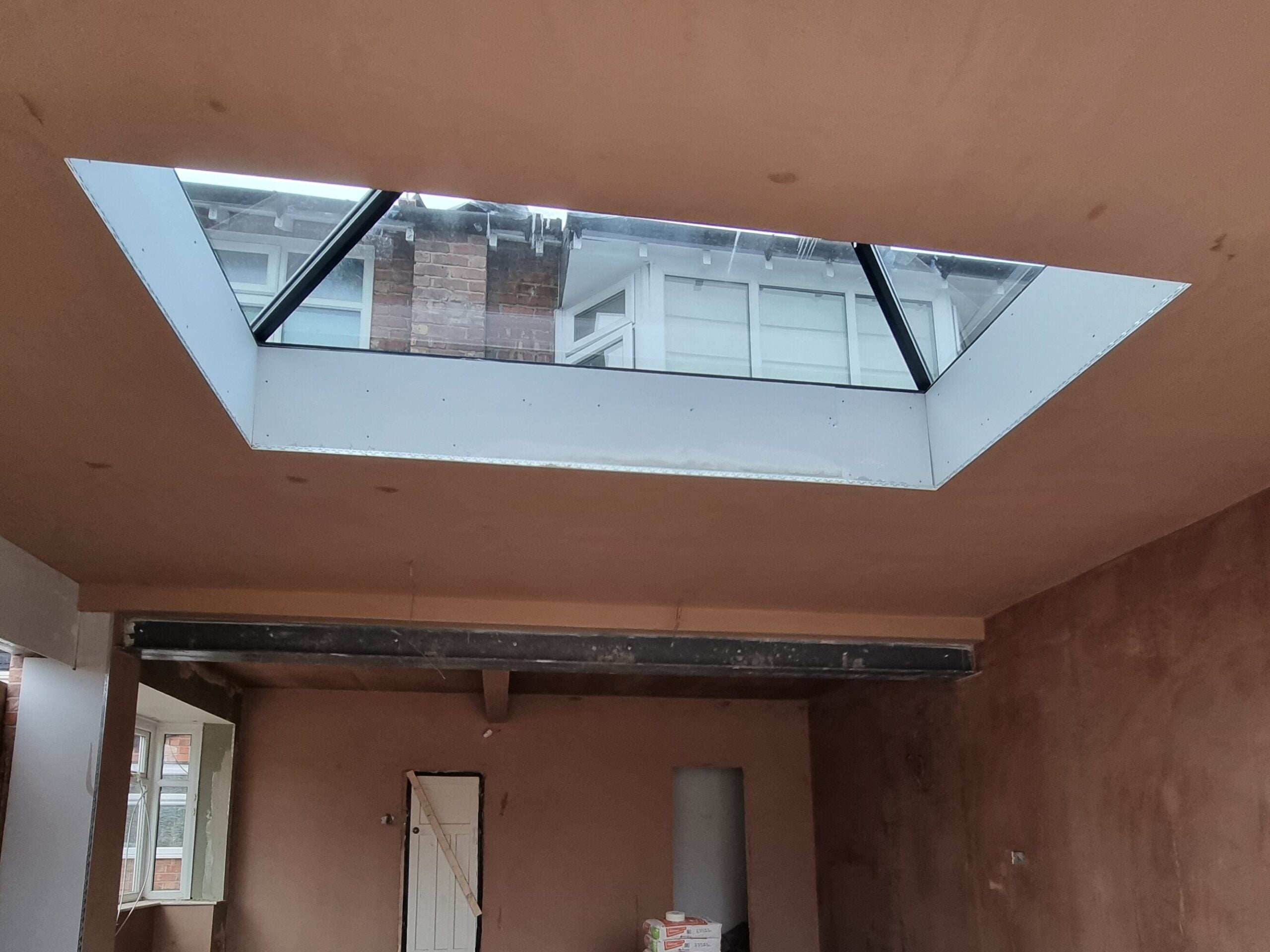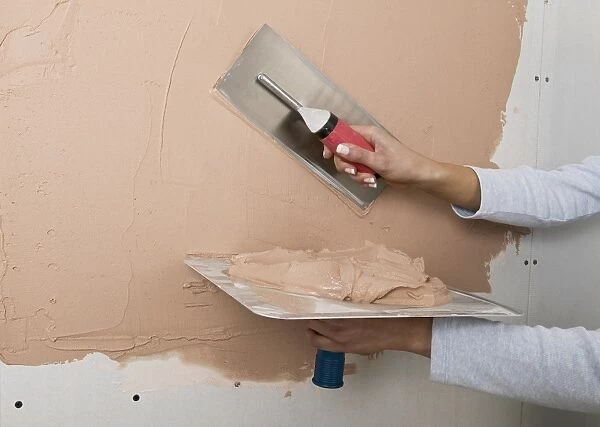Key Tips and Devices for Effective Gluing in your house Enhancement Endeavors
Achieving a flawless plaster coating in your house enhancement tasks needs a blend of the right devices and tested techniques. Necessary executes such as the hawk and trowel are essential for efficient application, while proper surface prep work lays the foundation for success. Additionally, recognizing the subtleties of blending plaster and applying it in slim layers can substantially influence the last result. As we explore these basic elements, it becomes apparent that preventing common pitfalls can raise your plastering abilities-- guaranteeing your following task not only meets however exceeds assumptions.
Necessary Plastering Tools
The essential devices incorporate a variety of implements designed to help with the smudging process effectively and efficiently. Secret elements consist of a hawk, which is a flat, square device made use of to hold the plaster while using it to surfaces.

Furthermore, a blending pail is needed for preparing plaster, guaranteeing the right consistency prior to application. A plastering brush or sponge works for smoothing and ending up touches out textures. Last but not least, safety and security equipment such as handwear covers and masks must be included to secure the individual from dirt and chemicals. With each other, these vital plastering tools make it possible for both specialists and do it yourself lovers to attain high-quality outcomes in their gluing projects.
Surface Area Preparation Methods
Appropriately preparing the surface area prior to gluing is essential for ensuring adhesion and accomplishing a perfect finish. The very first step involves cleaning up the surface area to remove any kind of dirt, oil, or old paint that might hinder the plaster's capacity to bond successfully. A detailed wash with an ideal cleaning solution is advised, complied with by washing and allowing the surface to completely dry entirely.
Next, examine the surface area for any type of cracks or imperfections. These must be filled with an appropriate filler compound and allowed to treat according to the producer's directions. For permeable surface areas, using a primer is necessary to develop an uniform structure and improve bond.
In addition, it is vital to make certain that the surface is steady and structurally audio. Any kind of loosened products, such as flaking paint or damaged drywall, need to be repaired or removed. If dealing with stonework surface areas, consider using a scrape layer to enhance hold.
Combining Plaster Like a Pro

Making use of a tidy mixing container, put the water initially, after that progressively include the plaster powder while mixing constantly - Plastering. This technique helps to avoid clumping and makes sure an also circulation of materials. A mechanical mixer can be beneficial, providing regular outcomes and saving time. Go for a wikipedia reference luscious, lump-free consistency that enables very easy spreading but is thick sufficient to hold its form without running.
Once combined, allow the plaster to relax for a couple of minutes to allow the gypsum crystals to hydrate fully. This relaxing duration boosts workability and minimizes the threat of splitting during application. By adhering to these actions, you can mix plaster like a professional, establishing the foundation for an effective smudging task in your house enhancement endeavors.
Application Approaches for Smooth Finishes
With the plaster mix prepared to the optimal uniformity, the following action entails picking ideal application methods to attain a smooth finish. This device permits for a penalty, even distribution of plaster across the surface while decreasing trowel marks.
Begin by applying a generous amount of plaster to the surface using the trowel, guaranteeing it adheres well. As soon as the first coat is applied, make use of a sweeping movement to smooth the surface, using also stress.
For the final touches, a damp sponge can be used to fine-tune the surface area additionally. Lightly mist the plaster with water and carefully scrub the surface to attain a sleek result. Constantly remember to work in small sections to preserve control over the application procedure, making certain a smooth, specialist coating throughout your plastering project.
Common Mistakes to Stay Clear Of
When embarking on a gluing task, avoiding common errors is critical for attaining a remarkable finish. Make certain that all dust, grease, and loosened materials are gotten rid of before using plaster.
One more usual error is using plaster also thickly. Thick layers can break as they dry out, compromising the stability of the surface. Instead, select several slim layers, allowing each coat to completely dry entirely before using the next.
Additionally, inadequate blending strategies can cause irregular appearance and workability. Always follow the manufacturer's instructions for blending ratios and completely mix the plaster to achieve an uniform consistency.

Timing likewise plays a critical function; plaster ought to be used while the substratum is wet to improve attachment. High-grade trowels and drifts can make a considerable distinction in accomplishing a smooth finish.
Verdict
Reliable smudging calls for a detailed understanding of crucial tools and methods. Proficiency of these components not only adds to the visual allure of an area yet additionally ensures toughness and longevity in plastering tasks, making them indispensable to effective home enhancement endeavors.
A float is one more crucial device, which helps in leveling the plaster and accomplishing a consistent surface area.

By adhering to these steps, you can mix plaster like a pro, setting the foundation for an effective plastering project in your home enhancement ventures.
Lightly mist the plaster with water and delicately massage the surface area to accomplish a sleek impact.